Did you know that a herd of Elk consisting of over 500 individuals currently resides in the Snoqualmie River Valley? I’ve always seen them in the fields and meadows between North Bend and Snoqualmie, but I had no idea how large the herd was or the history behind them. Read on to find out more about our native Elk.
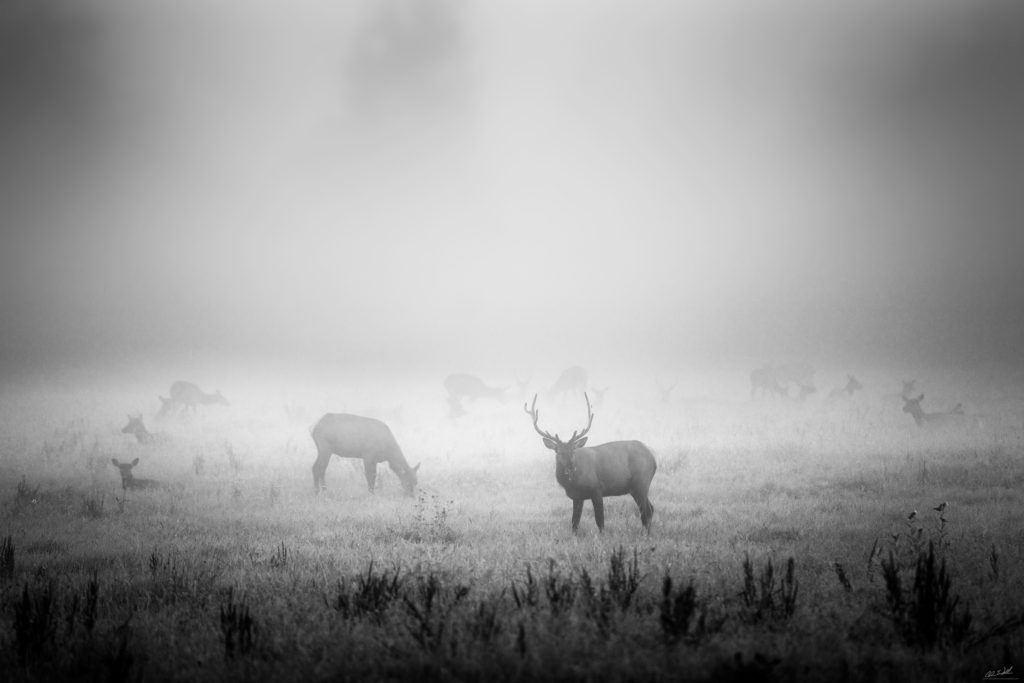
Origins of the Elk
It turns out that indigenous Roosevelt Elk were native to our river valley and the present day Cedar River Watershed prior to European American settlers making this area their home. Native Americans relied heavily on the natural prairie between the current towns of Snoqualmie and North Bend where the elk resided. They used the prairie as both a multi use pasture and a very large garden plot for native crops.
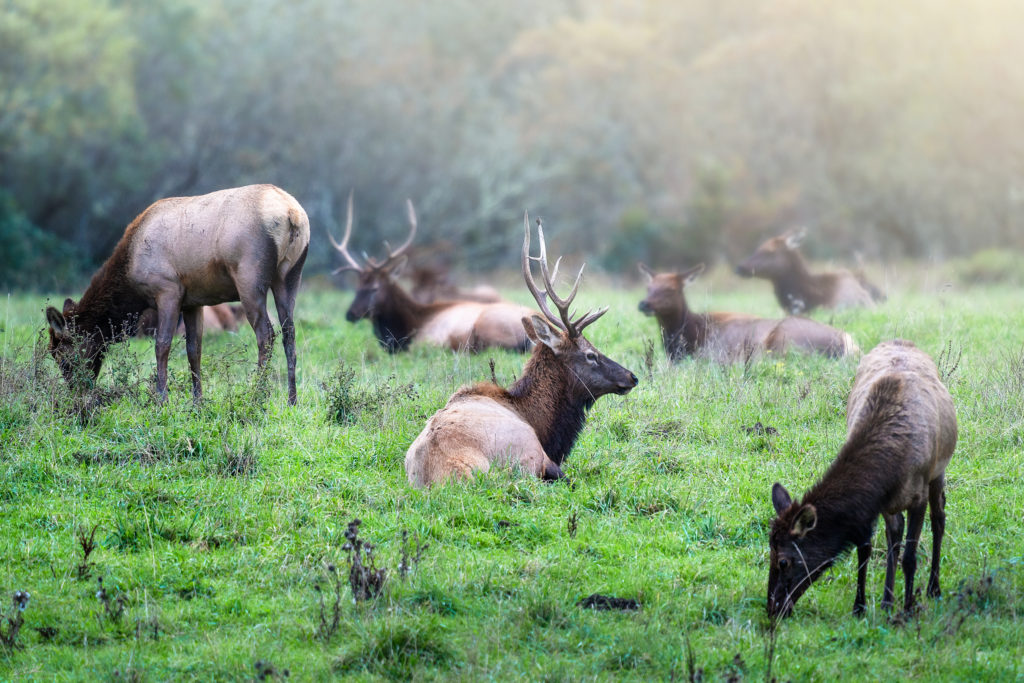
This area was scraped clean by retreating glaciers, so very few natural large trees grew and the remaining brush and the smaller trees were controlled by periodic burning (either by mother nature herself or through controlled burns by the Native American tribes that called this area home). This burning allowed these prairies to flourish. It also helped to keep up natural barriers between the grass lands and the stands of dense trees where the elk and deer prospered. These meadows served as an excellent breeding and feeding ground for the native Roosevelt Elk and the herd flourished to numbers well over 1,000 individuals.
New Residents & Replenishing the Elk Herd
When Europeans migrated west and entered our river valley in the 1800’s they relied heavily on the native elk and deer populations for food. As a result they all but wiped the elk completely wiped out the herd, save for a few individuals. To sustain the new inhabitants of the valley, it was decided in 1913 by the Seattle Elk’s Club that they would pay for the introduction of Rocky Mountain elk. The elk would be sent over from Yellowstone National Park in Montana by train to the Snoqualmie Valley to help replenish the dwindling food source.
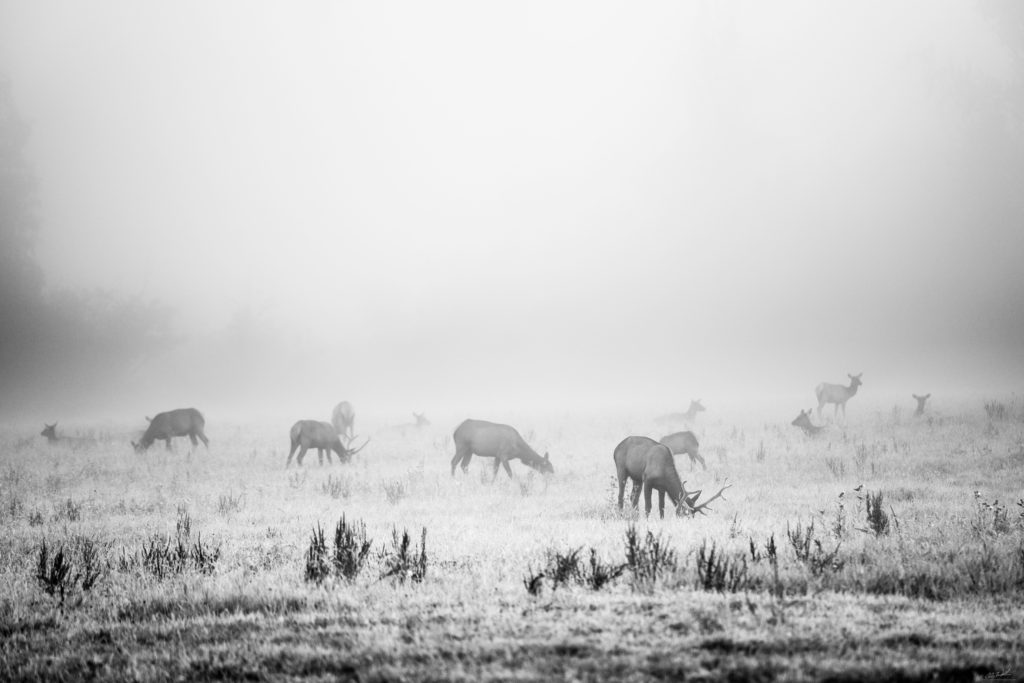
The original shipment of elk numbered 44 animals and the herd soon grew to over 400 individuals. There were several complaints about the herd due to damage to property and agricultural crops. The elk were eventually pushed to the Mill Pond area where they lived for a number of years. During the great flood of 1932 the elk were forced back to the mainland where they became a staple food source during the Great Depression.
World War II
Fast forward to 1945 and World War II. The remaining elk population exploded due to lack of hunting (the majority of the men who would do the hunting in the valley were at war) and they became a large problem for the residents of the Snoqualmie Valley.
That same year a deep freeze hit the area and wiped out a large number of the elk. The residents in the valley lost their crops and their food sources were dwindling, so they turned to hunting the local elk once again. Lack of food, freezing temperatures and over hunting due to the starving residents in the valley wiped the herd out and only about 12 known individuals remained.
In order to save the remaining animals local officials decided to relocate the last 12 elk. One bull and 11 cows were relocated to the upper reaches of the Nooksack (River) in Mt.Baker National Park and the Snoqualmie River Valley was once again free from elk… or so they thought.
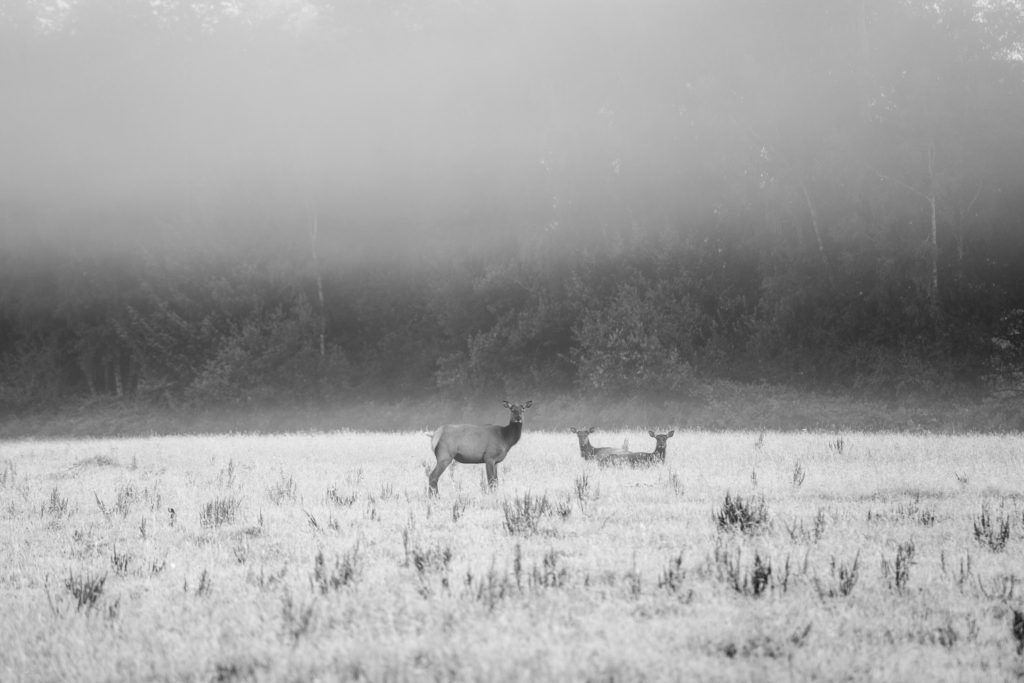
A few Roosevelt Elk remained protected and hidden in the Cedar River Watershed where they had been living for decades. In 1995 Snoqualmie Valley residents began seeing the elk return to the area. By 1997 they had come back to the area surrounding the old Weyerhaeuser Mill.
Elk Herd Remnants and Management
By 2008 the herd had gotten large enough to, you guessed it, cause problems for the local residents in the river valley. This time around the elk Management Group was formed to find solutions that benefited both the local residents and the elk.
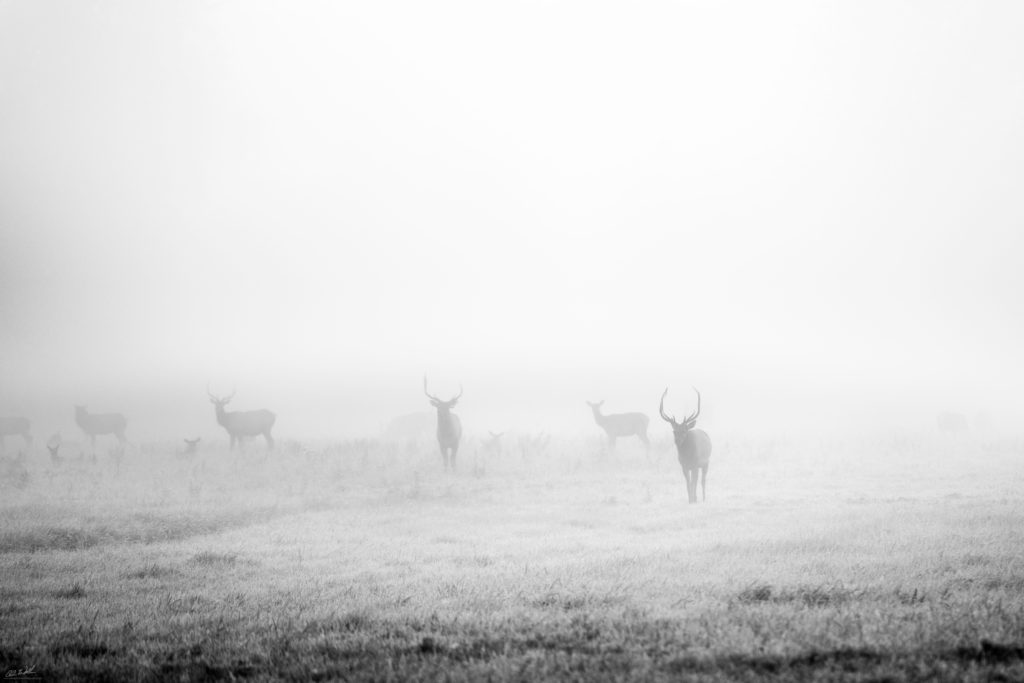
There are now an estimated 450 to 500 elk in the Upper Snoqualmie Valley. The management group takes a census each year between March and April to confirm those numbers and make adjustments to their counts. Volunteers count the elk daily during the early morning hours while the herd is feeding. They work with wildlife biologists to collar the elk to help track their movement and to report their findings to the divisional wildlife department.
These elk counts help the fish and wildlife department decide on the number of tags issued during hunting season. They also help with research and education to determine the overall health of the herd.
I think it’s important to note here that there is a turbulent relationship between humans and the native species in the valley. Our interactions with them throughout their history have shaped their behaviors and it appears that we’re more the problem than they are. We’ve taken a great deal of their land away and we continue to do so at a fairly rapid pace. We need to strike a balance of sorts with the wildlife in our valley or we will continue to face problems with elk, bear, bobcat and even cougars. They were here first after all and I think we need to keep that in mind when we discuss management and how we go about dealing with them.
Rules of Engagement

If you want to go see them in person there are number of rules that you should follow:
- Always observe from a distance, use binoculars or spotting scopes
- If you plan to photograph them, make sure you utilize long lenses to keep your distance (All of the photos in this article were shot at focal lengths of 180mm – 840mm)
- Talk quietly and minimize sharp sounds and pets should probably stay home
- Do not disturb animals in mating season (or any season for that matter) and never come between a mother and her offspring… you definitely don’t want to find yourself in that situation
- Walk away slowly if an animal becomes nervous or looks aggressive

Early morning and twilight are the best times to see the elk in the river valley. Once again and I can’t stress this enough; do not come close to the wildlife, especially during the fall elk mating season. Enjoy the views from a distance 🙂
To see more images and to order prints please feel free to visit my Wildlife Gallery here on my website.
References:
